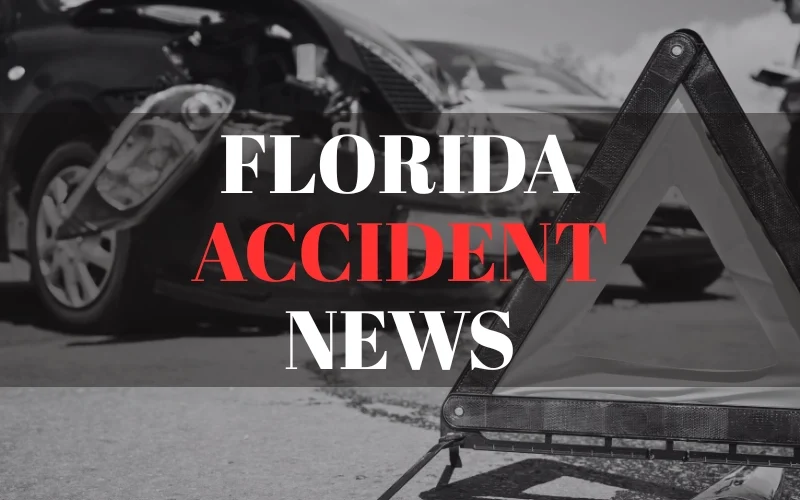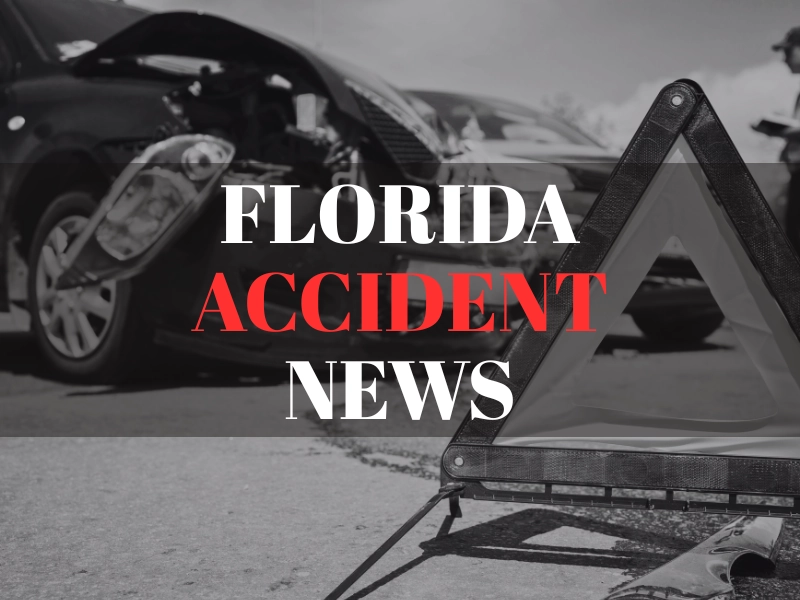Clearwater, FL — Florida U-Turn Crashes Create Clear Liability for Injured Victims
16Nov
Clearwater, FL (November 14th, 2025) – A fatal U-turn accident on US 19 recently claimed the life of a 27-year-old motorcyclist when an 85-year-old driver ignored a red traffic signal and turned directly into oncoming traffic. The collision at Beach Boulevard in Hudson represents a pattern seen across Florida. U-turn accidents consistently produce catastrophic injuries and deaths, while often establishing clear legal fault against the turning driver.

This tragedy underscores why U-turn accidents rank among the most dangerous traffic violations. When drivers fail to yield while making these maneuvers, they create unavoidable collision scenarios that leave victims with severe injuries, or worse. For those harmed by negligent U-turns, Florida law provides clear pathways to compensation.
If you’ve been injured in a U-turn accident in Clearwater, or elsewhere in Pinellas County, contact Light & Wyatt Law Group today. Call 727-499-9900 for a free consultation. Our experienced personal injury attorneys tirelessly pursue the maximum compensation on behalf of accident victims and their families.
Table of Contents
What Makes U-Turn Accidents So Deadly?
The recent fatality on US 19 exemplifies how U-turn collisions generate forces that modern safety equipment struggles to protect against.
Motorcyclists face exponentially higher risks in these scenarios. Unlike passenger vehicle occupants protected by steel frames, airbags, and crumple zones, riders remain exposed to direct impact. When a vehicle suddenly occupies a motorcycle’s travel lane, such as occurred in the recent US 19 U-turn accident, the rider has virtually no reaction time and no protective barrier to absorb collision forces.
The mechanics of such accidents explain why these wrecks cause such significant harm:
Broadside Impacts
Vehicles executing U-turns cross perpendicular to traffic flow, exposing their sides to oncoming vehicles. These T-bone collisions strike areas where passengers sit with minimal structural protection, causing traumatic injuries, spinal cord damage, crushed extremities, and other such serious harm.
High-Speed Convergence
On corridors like US 19 where traffic moves at 50 mph, an oncoming vehicle closes a 100-foot gap in approximately three seconds. U-turning drivers who misjudge these speeds create head-on collisions at combined vehicle velocities that may exceed 80 mph.
Multi-Vehicle Pileups
Drivers stopping mid-turn block multiple lanes simultaneously. Vehicles following behind collide with the stalled car while oncoming traffic has no escape route, triggering chain-reaction crashes.
Motorcycle-Specific Dangers
Riders’ smaller profiles make distance and speed judgment difficult for turning drivers. The Hudson incident demonstrates this deadly miscalculation. The motorcyclist had the right of way but couldn’t avoid a vehicle that suddenly appeared across his path.
These collision patterns highlight why survivors often require months of hospitalization, multiple surgical interventions, and extensive rehabilitation. Many who are involved in such accidents never fully recover from their injuries.
Life-Altering Injuries From U-Turn Collisions
The Port Richey motorcyclist’s death represents the ultimate tragedy. Many survivors face life-altering injuries imposing enormous physical, emotional, and financial hardships.
Traumatic Brain Injuries
Sudden deceleration forces brains against skull interiors, causing bleeding, bruising, and neural connection tearing. Severe cases produce permanent cognitive impairment, personality changes, memory loss, and diminished independence. Victims may never return to employment or self-sufficient living.
Spinal Cord Damage
Side-impact twisting and compression forces fracture vertebrae and damage delicate spinal tissue. Depending on injury location and severity, victims experience partial or complete paralysis requiring wheelchairs, constant care, and expensive home modifications.
Chronic Neck Injuries
Violent lateral and rotational forces hyperextend necks beyond normal ranges. While minor cases resolve within weeks, severe whiplash produces chronic pain, nerve damage, and permanent movement restriction requiring extended treatment.
Internal organ damage
Blunt force trauma ruptures livers, spleens, kidneys, and other organs, causing life-threatening internal bleeding. Victims undergo emergency surgery, extended hospitalization, and face infection risks plus long-term complications.
Severe fractures
Arms, legs, ribs, and pelvises shatter from door panel impacts and vehicle intrusion. Multiple surgeries, metal hardware implantation, and extensive physical therapy become necessary. Many never regain complete function.
Psychological trauma
Beyond physical harm, victims develop PTSD, anxiety disorders, and depression. Narrowly surviving potentially fatal crashes, or witnessing others’ deaths, requires professional mental health intervention.
Economic consequences compound suffering. Emergency transport, trauma center care, surgeries, intensive care, rehabilitation, physical therapy, medications, assistive devices, home modifications, and ongoing treatment quickly generate six-figure medical expenses. Lost wages during recovery and permanent disability create financial crises, threatening family stability.
For families losing loved ones, like in the recent US 19 fatality, losses remain immeasurable. They face immense grief, funeral costs, lost financial support, and lost companionship.
How Florida Law Assigns Fault in U-Turn Crashes
The Hudson driver’s actions violated multiple Florida traffic statutes, creating textbook legal liability. Florida state law prohibits U-turns unless drivers can complete them safely without interfering with other traffic, and separately mandates obedience to all traffic control devices.
By turning against a red signal, the car’s driver violated both laws. This dual violation represents clear negligence that directly caused a preventable death.
Why Proving Fault Is Straightforward in U-Turn Accident Cases
The US 19 crash offers a clear example of liability. The driver turned against a red light into a motorcyclist’s path, who held legal right-of-way. The Highway Patrol’s straightforward investigation led to criminal charges because fault in the case was incontrovertible.
Most U-turn accidents provide similarly clear liability evidence. The legal presumption heavily favors victims struck by turning vehicles.
When drivers execute illegal U-turns, they automatically assume fault for resulting crashes. This presumption forces the turning driver to prove both reasonable conduct and significant victim contribution, which is nearly impossible when traffic law violations exist.
Securing Justice After U-Turn Accidents
While criminal charges hold negligent drivers accountable to society, civil claims provide compensation to victims and families suffering from others’ recklessness. The law recognizes those violating traffic regulations and causing catastrophic harm must pay for injuries they inflict.
U-turn accidents combine severe injuries with clear liability. As such, victims and families deserve full compensation for harm negligent drivers caused. Understanding Florida law, preserving evidence, and securing experienced legal representation positions you for optimal outcomes.
At Light & Wyatt Law Group in Clearwater, we have more than 30 years of experience advocating on behalf of injury victims and their families. We understand no settlement can undue preventable accident harm, or bring back a lost loved one, but we ensure clients receive the financial resources needed to rebuild their lives and secure their futures. To discuss your rights and the best path forward after a U-turn accident, call our motor vehicle collision attorneys at 727-499-9900. We offer free consultations.
